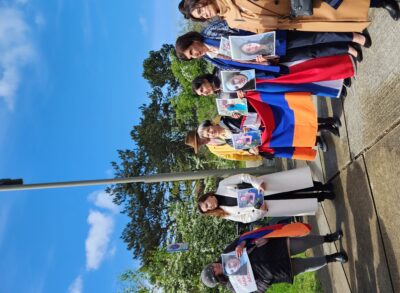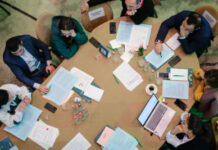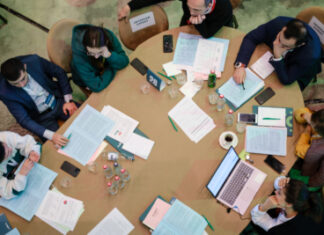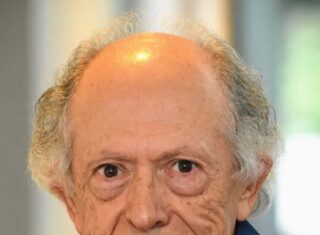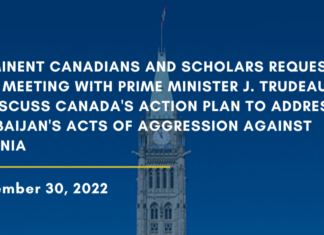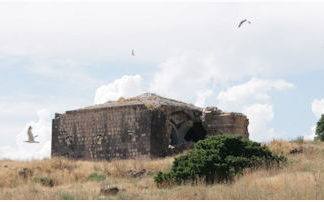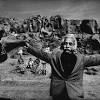 By Antoine Agoudjian
By Antoine Agoudjian
I was a dancer before I was a photographer. Born in France, the grandchild of Armenian Genocide survivors, dance was one of the few ways I could connect with a homeland I had never known. When I danced as an Armenian peasant, I became an Armenian peasant. It was a way to animate the stories my grandparents told.
Around 1985, I was performing in Boston, when the owner of a one-hour photo lab — a pretty revolutionary thing back then — offered me a job. It came with one condition, that I train his amateur dance troupe. Dance inadvertently led me to photography, but the two had more in common than many think. Each combined artistic vision and technique. Each was about telling a story.
In 1988, an earthquake shook Armenia. Around 40,000 died and hundreds of thousands were displaced. I headed there with a humanitarian organization and took my camera. Photography was a way to bear witness to the aftermath of the quake, but it soon became more than that: an archaeological enquiry into Armenian identity, culture and memory since the 1915 genocide.
The extermination of Armenian Christians living in the Ottoman empire began on 24 April 1915, when around 250 intellectuals were deported, many of whom were later executed. But I believe the Balkan War of 1912 was the true origin of the genocide. The Ottoman empire in Europe collapsed that year, sending shockwaves through Anatolia. The trauma burrowed its way into the Turkish psyche, and forced it to fortify itself against a weaker opponent. In some ways, that trauma has never healed.
Armenian Christians, already classified as second-class citizens with inferior legal rights, became an obvious target for a Turkish backlash. In April, the operation of forced displacement, death marches, and the mass extermination of the able-bodied male population began. Around 1.5m died, and Armenians scattered across the world. This was the reason I was born in France, far from the land of my ancestors.
